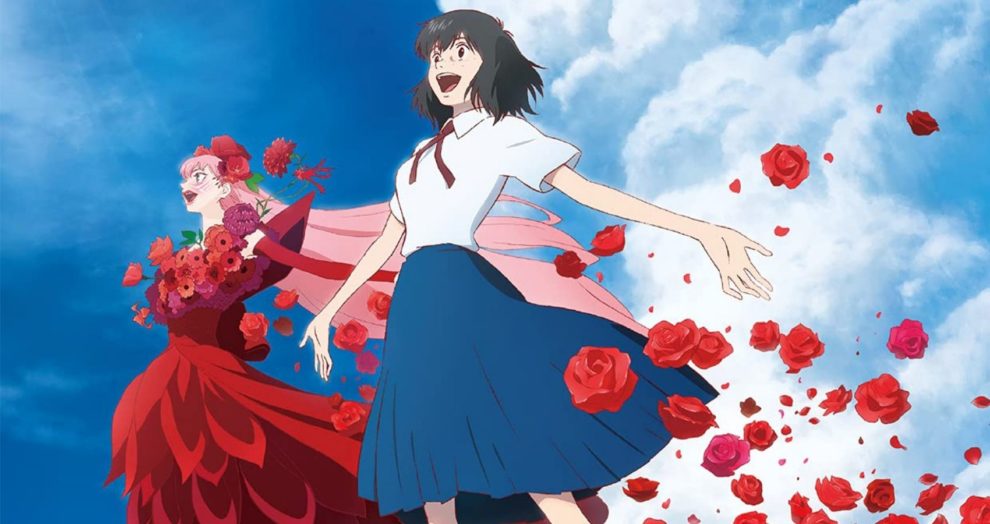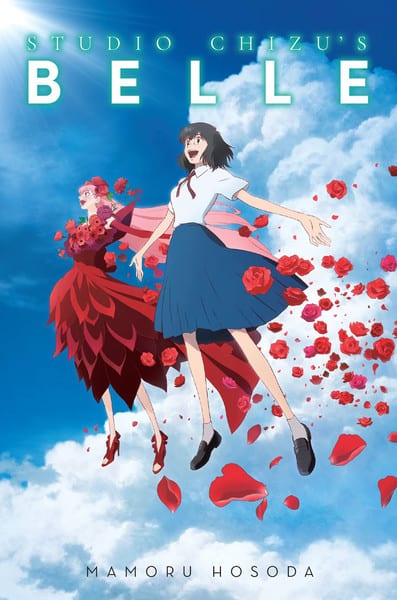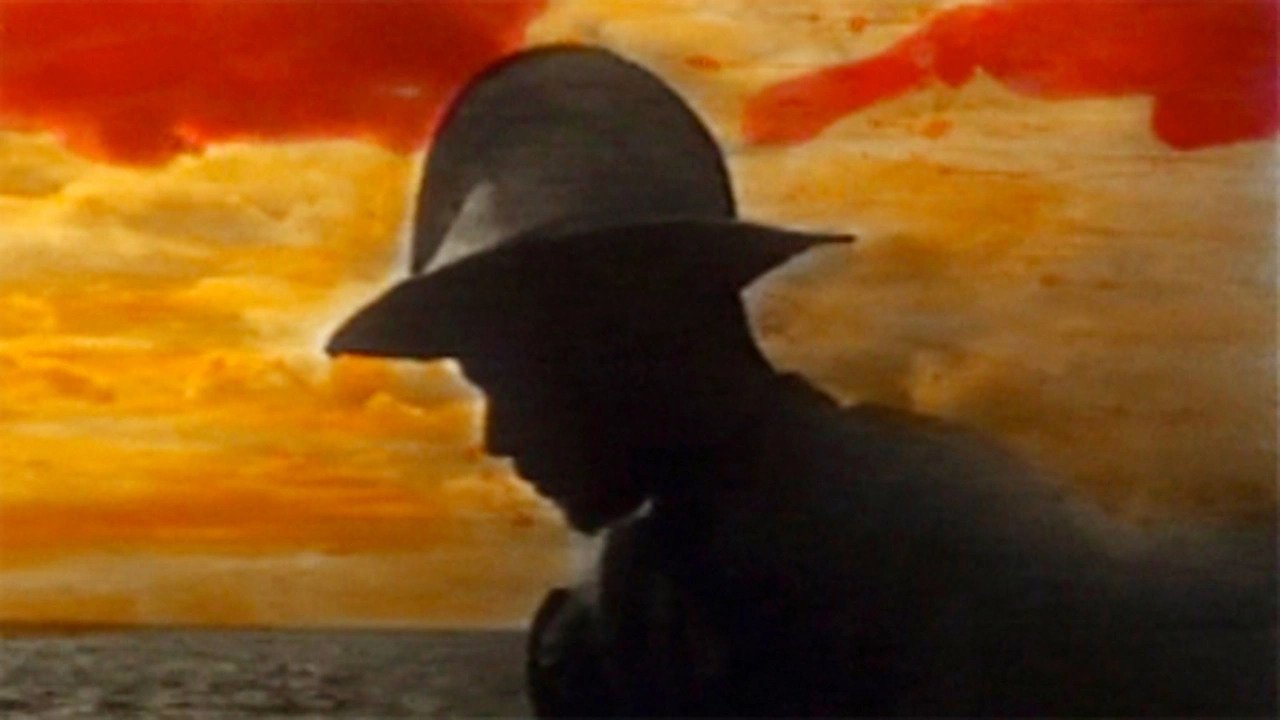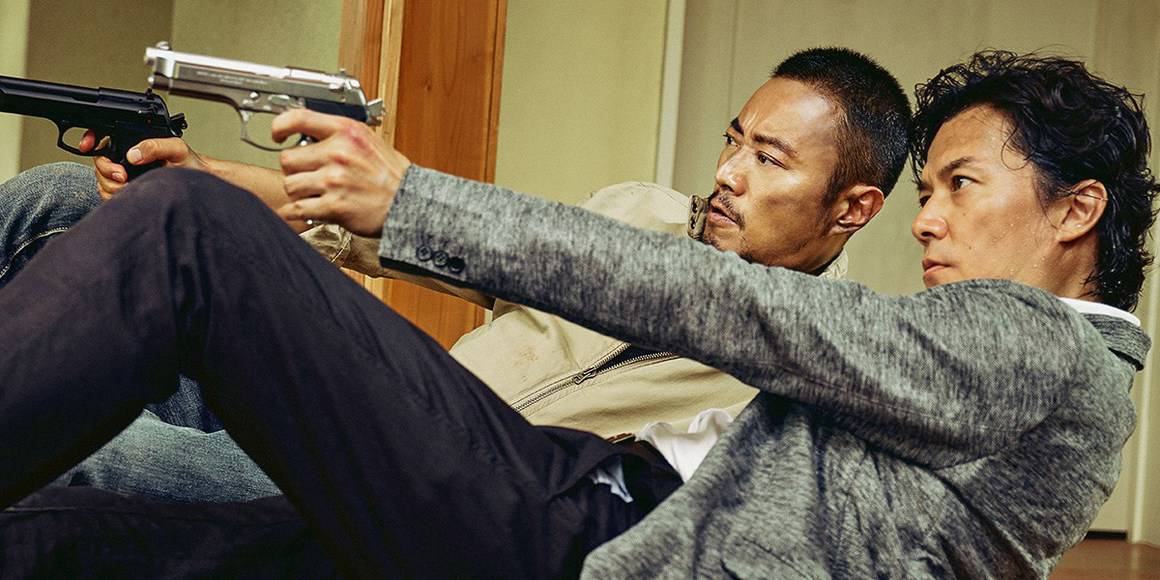“Suzu is a 17-year-old high school student living in rural Kochi who has kept the world at arm's length ever since her mother's death many years ago. But at a friend's suggestion, she dips her toes into , a vast virtual world on the internet and starts going by Belle. As she explores this new world in her online avatar, Suzu reveals her hidden singing talent and becomes a sensation the world over, drawing the attention of a mysterious being called the Dragon. Who is this ferocious yet lonely stranger and what will come of their fateful meeting…?” (Yen Press)
Written after the release of the feature film of the same name, “Belle” is a retelling of “Beauty and The Beast” set in a near future that allows virtual reality to be the stage of the romance story. Given the book, post dates the movie, it is difficult not to approach the novel without consideration for the anime itself. While still being generally positively received, “Belle” is in many ways the weakest outing from Hosoda and Studio Chizu. To some, the modernization of “Beauty and The Beast” feels slightly shallow, with the virtual world being underutilized and the romance feeling forced (a sentiment I share). However, novel adaptations have the means to add depth, and it is crucial to approach the material with an open mind.
So, does “Belle” manage to make a bigger splash on the page than the screen? The answer is both yes and no, as it gains as much ground as it loses. Where “Belle” undeniably exceeds is in adding further value to the thoughts of Suzu as she navigates the complex emotions and her growing feelings for the ‘dragon.' Consequently, the more engaging chapters come from outside the virtual world, where Suzu can explore and talk out her fears and anxieties. For those who did enjoy the anime feature, this instantly makes the book a welcome companion piece that fills in some of the gaps from the film.
Check also this interview
However, the novel fails to capture the visual wonder that the film was able to craft. This is less an issue of Hosoda as a writer, as his descriptions of the virtual world are still beautifully expressive, even poetic at points. Still, the grand scale of the alternative reality space can't be conveyed within the light 206-page novel. This length is also an issue, as, once again, the romance between Belle and ‘the dragon' feels rushed, and readers are expected to embrace the relationship on principle and morality alone. Indeed, the book gives insight into Suzu's thought process but does not add substance to exploring the romance that is supposed to bind the story together.
The physical release is rather barebones, with no afterword, intro, or additional content. This is a painful oversight, as even a few extra words can help frame a story when elements fall short. An excerpt from Hosoda on how he approached the adaptation could have helped change the reader's overall perspective of the “Belle.” Still, the release is wonderfully presented in a compact hardcover, making it an ideal travel book–for a comforting bit of escapism while enjoying the weather or commuting.
Those who enjoyed the visual-heavy storytelling of the anime will find the book to be the perfect companion piece, adding depth to an already beloved story. Alternatively, the simplicity of “Belle” can be overlooked when approaching the book as a young adult novel as it has the potential to appease a younger readership. However, looking at the book as a singular project, it lacks a convincing romantic narrative. It ultimately feels like a shoddy retelling of “Beauty and the Beast,” which misses the mark and looks clumsy while doing so.
















